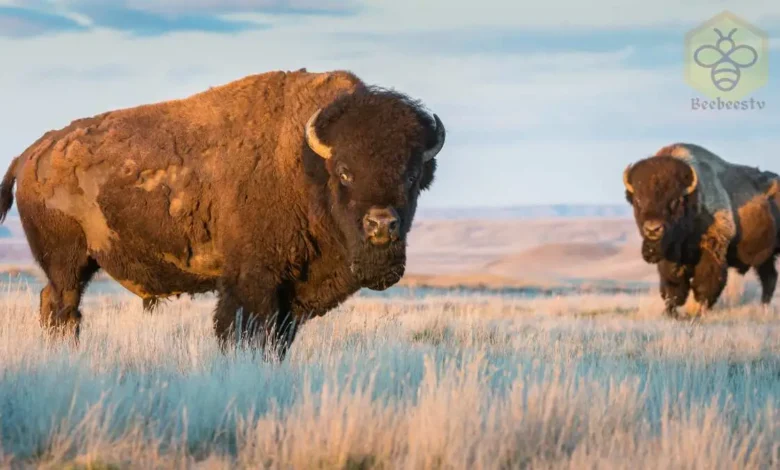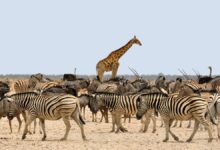Bison: Exploring the Majestic Beasts of the Grasslands

Bison: Exploring the Majestic Beasts of the Grasslands
Bison
Introduction
Bison, often referred to as buffalo in North America, are among the most iconic large mammals of the grasslands. Known for their massive build and shaggy appearance, bison symbolize strength and resilience. These majestic creatures once roamed the plains in massive herds, playing a crucial role in the ecosystem. Today, they are a testament to successful conservation efforts, recovering from the brink of extinction.
Scientific Overview
Scientific Name
- Bison bison (American bison)
- Bison bonasus (European bison)
Common Name
Bison (often colloquially called buffalo)
Scientific Classification
Types
- American Bison (Bison bison): Further categorized into plains bison and wood bison.
- European Bison (Bison bonasus): Also known as wisent, primarily found in European forests.
Habitat and Distribution
Preferred Habitats
- Grasslands
- Prairies
- Open woodlands
Geographic Range
- American Bison: Found primarily in North America, from Canada to Mexico.
- European Bison: Restricted to parts of Europe, including Poland and Belarus.
Physical Characteristics
Size and Weight
- Height: 5–6.5 feet at the shoulder.
- Length: 7–11 feet.
- Weight: 1,000–2,200 pounds.
Appearance
- Coat: Thick, shaggy fur, typically brown.
- Horns: Short and curved, used for defense and dominance displays.
- Build: Massive head and muscular hump on the shoulders.
Diet and Feeding Habits
Dietary Needs
Bison are herbivores, feeding on:
- Grasses
- Sedges
- Shrubs
Feeding Behavior
They are grazers, spending much of their time-consuming vegetation to meet their energy requirements.
Predators and Threats
Natural Predators
- Wolves
- Grizzly bears (target calves)
Human-Induced Threats
- Hunting: Historically decimated populations during westward expansion.
- Habitat Loss: Conversion of grasslands to agricultural fields.

Reproduction, Calves, and Lifespan
Reproduction
- Mating Season: Summer months (June to September).
- Gestation Period: About 9 months.
- Calves: Typically, a single calf is born.
Calf Development
- Newborns weigh around 40–70 pounds and can stand and nurse within hours.
- They remain with their mothers for the first year.
Lifespan
Bison live 15–20 years in the wild and longer in protected environments.
Behavior and Lifestyle
Social Structure
- Live in herds; males often form bachelor groups, while females and calves form maternal herds.
- Dominance is established through physical displays and horn clashes.
Activity
- Active during daylight hours.
- Seasonal migrations are common in search of food and water.
Ecological Role
Bison are keystone species in their habitats. Their grazing patterns shape plant communities, promoting biodiversity. Their wallowing behavior creates microhabitats that benefit other species.
FAQs About Bison
- Why are bison often called buffalo?
Early settlers mistakenly referred to bison as buffalo due to their resemblance to African and Asian buffalo species. - How fast can bison run?
Bison can reach speeds of up to 35 miles per hour, making them surprisingly agile for their size. - Are bison aggressive?
While generally peaceful, bison can become aggressive if threatened or provoked. - What efforts have helped bison populations recover?
Conservation measures, such as protected reserves and breeding programs, have significantly boosted bison numbers. - What is the difference between American and European bison?
American bison are larger and adapted to open grasslands, while European bison, or wisent, are found in forested areas.
Conclusion
Bison are more than just symbols of strength and endurance; they are vital components of their ecosystems. Thanks to dedicated conservation efforts, these magnificent animals have rebounded from near extinction, inspiring hope for wildlife preservation worldwide.


